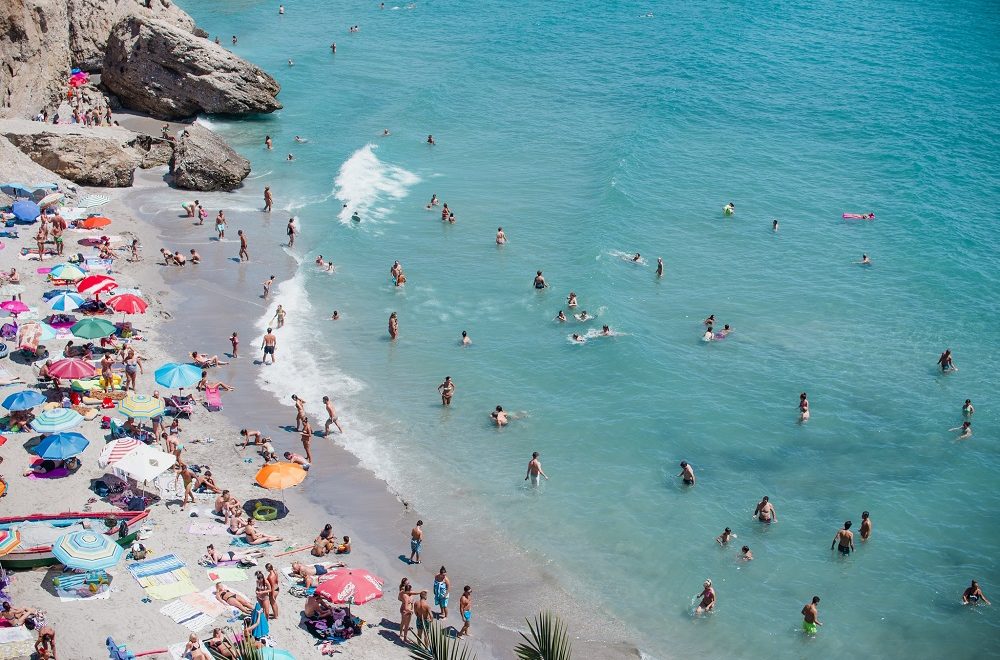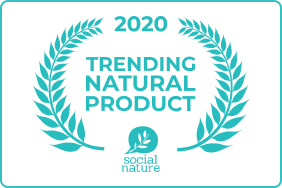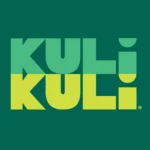
Summer is here and it’s the best time of the year to get outdoors and visit your local parks and beaches. Who doesn’t love to frolic in the forest or hit the beach for the day? No matter what outdoor activities you find yourself doing this summer, here are some tips on how to be environmentally friendly during your visit.
1. Reusable Water Bottles
Skip the bottled water and bring a reusable water bottle. Many parks and beaches provide water fountains where you can fill up a reusable water bottle.
Bottled water brands produce tons of plastic for their products, which are often used only once or twice before being disposed of. According to the Plastic Oceans Foundation, 14% of all litter comes from beverage containers alone. Plastic pollution has a serious impact on the environment, especially our oceans. Marine animals get trapped in it, eat it, and eventually die with a stomach full of our plastic waste that never made it to a recycling facility.
As a consumer, you have the power to decrease the demand of single-use plastic products by supporting multiple-use products made from eco-friendly materials instead.
2. Sunscreen
Much less obvious than the plastic pollution found in parks and on beaches, the skin products we use can have long-term and serious effects on our environment.
Sunscreen can be especially harmful to coral reefs and marine life. Most sunscreens contain active ingredients oxybenzone (or benzone-3) and octyl methoxycinnimate. Both of these ingredients pose a severe threat to coral reefs and aquatic life. And since both these ingredients are carbon-based, they can be included in products that are labeled as organic. Be sure to be checking your labels and know what they mean, an organic label does not always mean environmentally friendly.
So what can we do? In addition to seeking out sunscreen that is less harmful to the oceans, we can also be mindful of how we use sunscreen. According to ecotoxicologist Dr. Craig Downs, “Applying lotion to only the neck, face, feet and backs of hands can reduce sunscreen loads into the water by 90 percent”. In addition, using clothing such as lightweight rashgaurds and long-sleeve shirts can also provide UV protection.
The skin products we use can have a great impact our natural world. So make sure the beauty products you are using are safe for you as well as the environment.
3. Stay Local
Keep your CO2 emissions down by stay-cationing in your local areas.
Not only will you be cutting down on harmful emissions that affect our atmosphere and environment, you will also be supporting your local parks. Many nature centers near water often have canoe, kayak, and stand-up paddle board rentals. In addition, some nature centers also host classes, workshops, and provide nature tours.
Do some research to find hidden gems in your area instead of driving many miles to a beach or park. You may just discover your new favorite spot.
4. Watch out for Invasive Species
Taking a boat out on the water is perfect for afternoon swims and watching the sun set over the lake. Just make sure you don’t have any invasive stowaways. Invasive species can cling to your boat, water gear, and trailer. These organisms can seriously affect the delicately balanced ecosystems of our lakes. Be sure to follow the instructions provided at the public access of the park you visit on how to remove them and properly clean your boat and water gear so that they don’t follow you to other lakes.
5. Be Mindful at Home
What you put on your yard and what you dump down the drain will wind up in your lakes, rivers, and oceans. Skip the lawn fertilizer and harmful chemicals which have detrimental effects on the natural environment around you. Opt for natural cleaning products or make some chemical-free DIY cleaning products.
The lawn fertilizer you spread in your front yard will be swept up in runoff that will inevitably wind up in some body of water–whether it be a river, lake, or the ocean. The excess nutrients from the fertilizer impact the water systems, causing rapid algae growth which removes oxygen from the water and severely impacting the aquatic life in that body of water.
So, for the love of the planet, ditch the lawn fertilizer. Why have a green lawn that hurts the environment when you could have a green smoothie bowl that nourishes your body?.
Wanna go above and beyond?
6. Going Beyond “Leave No Trace”
You’ve probably heard the phrase “take only pictures, leave nothing but footprints”. Although this piece of advice is wonderful to keep in mind when visiting natural areas, I think we can do better. Try leaving the park or beach cleaner than it was when you arrived. Challenge yourself to pick up a few pieces of trash or recyclable material while out and about and dispose of them properly.
And as always, take your trash and recycling with you. Most parks have receptacles for trash and recycling but if they don’t, bring them home and dispose of them properly. Or at least bring them to the nearest gas station.
7. Show Your Support
Put your money where your hiking boots are and donate to your local parks. They need your support to stay open and your mindfulness to stay clean.
What are your favorite ways to be environmentally friendly when visiting your local parks and beaches? Let us know in the comments.















My husband and I have been thinking about staying in a caravan park and going to the beach and parks around the area. While we are there, we want to make sure that we are considerate of the places we visit. Thank you for all the tips about how to do that. That is a great idea to try and stay local and see what we can find around the area.
Hi Deb!
That sounds like so much fun! I hope you and your husband have a wonderful time enjoying the beach and parks.
Let us know if you think of any sustainability tips you learn from your trip (: Thanks for reading!
We’re glad you found this post helpful! Thanks for reading!
Thanks for sharing this article, nice job.